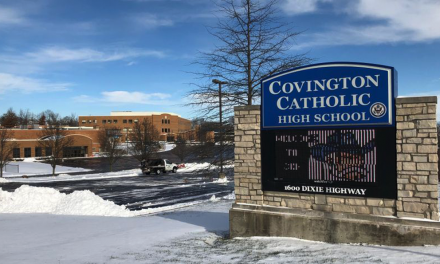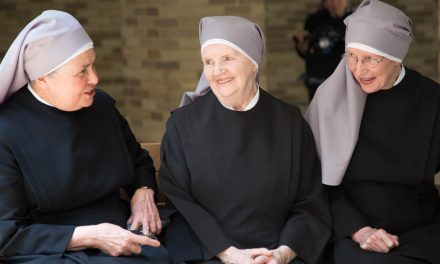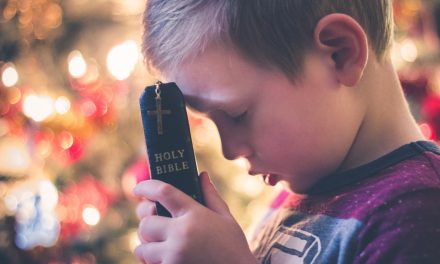In a victory for religious freedom during the COVID-19 era, Wisconsin’s Supreme Court struck down an attempt by a county public health officer in Dane County to order all schools closed last August, including private and religious schools.
In August 2020 Dane County Health Director Janel Heinrich ordered county schools closed for in-person instruction for the upcoming school year, set to begin within a few days. Several religious schools, parents and an umbrella organization for numerous faith-based schools immediately sued Heinrich in the state supreme court on two grounds: (1) she lacked the authority to issue such an order under the state’s emergency powers statute; and (2) her order violated the religious freedom guarantees of the state constitution.
In early September, the court granted a temporary injunction blocking the effect of Heinrich’s order on the religious parties who brought the suit and set the case for oral argument in December. Last week, the court ruled 4-3 that indeed, Heinrich lacked the statutory authority to order the schools closed, and, most importantly, that her action violated the religious freedom of the parents and schools involved under Wisconsin’s constitution.
Although both of the court’s reasons for blocking her actions are compelling, Christian parents should take note of the religious freedom aspect of this case, since other states offer the same type of constitutional protection as Wisconsin.
First, the majority opinion noted, Wisconsin’s constitution provides even more protection of religious freedom than the First Amendment to the U.S. Constitution.
“Wisconsin’s framers ‘use[d] the strongest possible language in the protection of this right,’” Justice Rebecca Bradley wrote.
Next, the majority found that the county had clearly infringed upon the students’ and their parents’ right to engage in the religious exercise of in-person education at their faith-based schools, where instruction included both the inculcation of religious perspectives and values, and also participation in religious exercises such as worship and prayer.
The county needed to convince the court that it had a compelling governmental interest in the containment of the COVID-19 pandemic within its borders, and, if it did, then it had the burden of proving it chose the “least restrictive alternative” to achieve that interest, in order to minimize the negative effects on religious freedom to the greatest extent possible.
Justice Bradley said the county did not meet its burden of proof. And the county’s earlier actions taken at the end of the previous school year during the initial stages of the pandemic showed why.
“Heinrich’s earlier orders implemented less restrictive means such as specifying classroom student limits, mandating the use of masks, and requiring social distancing,” Bradley wrote. “In Emergency Order #8, for example, Heinrich outlined detailed safety protocols for schools, including ‘[e]nsuring students are at least six (6) feet from other students’ and requiring that ‘employees are provided with and wear face coverings.’ These nuanced and tailored measures were completely abandoned in the Order at issue, replaced by the drastic step of forbidding in-person religious school education entirely for students in grades 3-12.”
For additional support, Justice Bradley quoted language from a recent U.S. Supreme Court decision – South Bay United Pentecostal Church v. Newsom – relating to COVID-19 restrictions on houses of worship.
“Even in times of crisis——perhaps especially in times of crisis——we have a duty to hold governments to the Constitution,” Bradley wrote, quoting Justice Neil Gorsuch.
Remember, there is no pandemic exception to the Bill of Rights. As Christian parents navigate the sometimes-murky boundary between obeying those in government when they are operating within their rightful authority and refusing to obey when those same officials intrude on God’s authority, we would all do well to learn the lesson from this Wisconsin case.
Use the legal tools available to keep the government from violating your rights. In their wisdom, the framers of our federal and state constitutions knew that limits must be placed on government for exactly these types of situations.
Photo from Shutterstock






